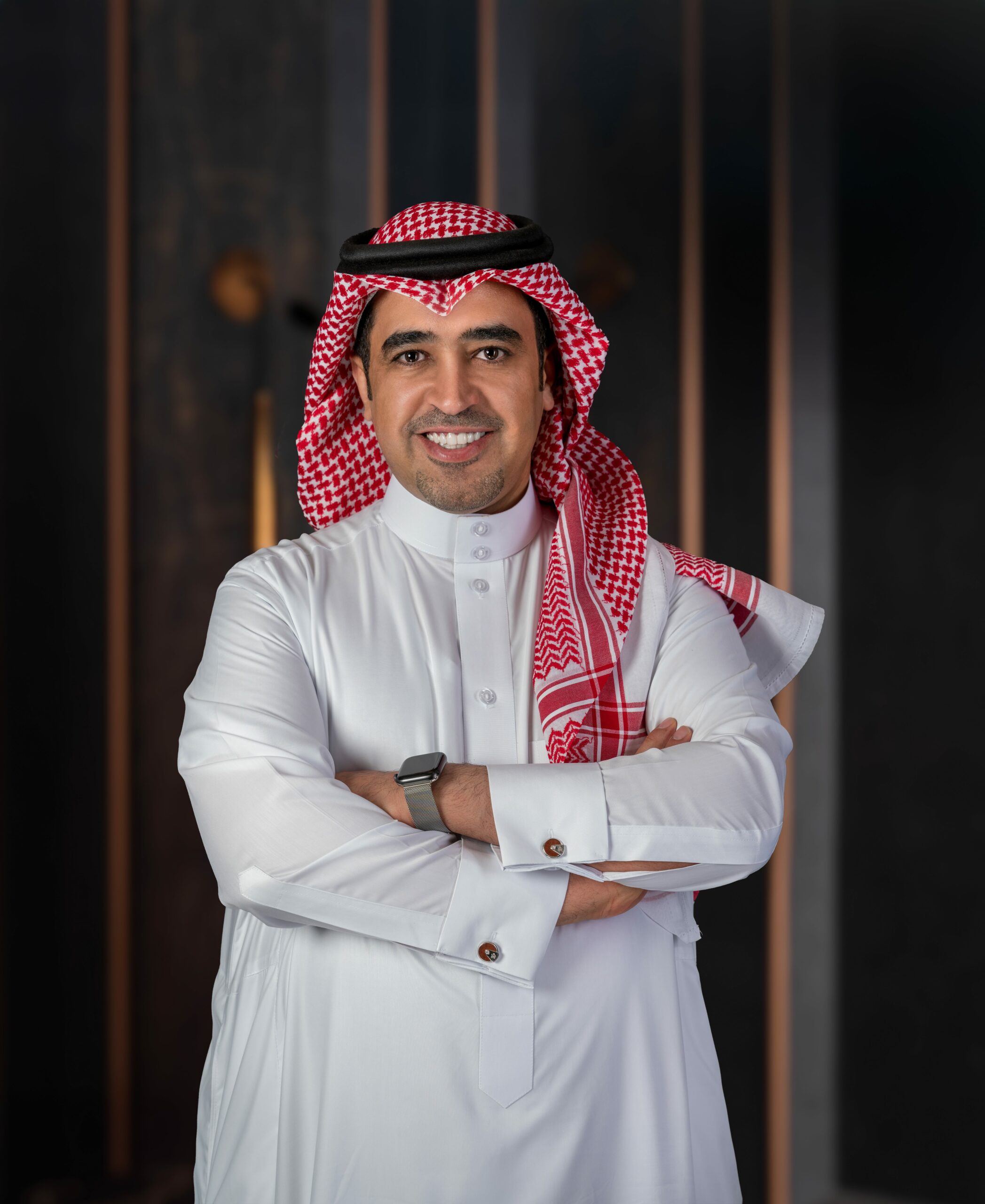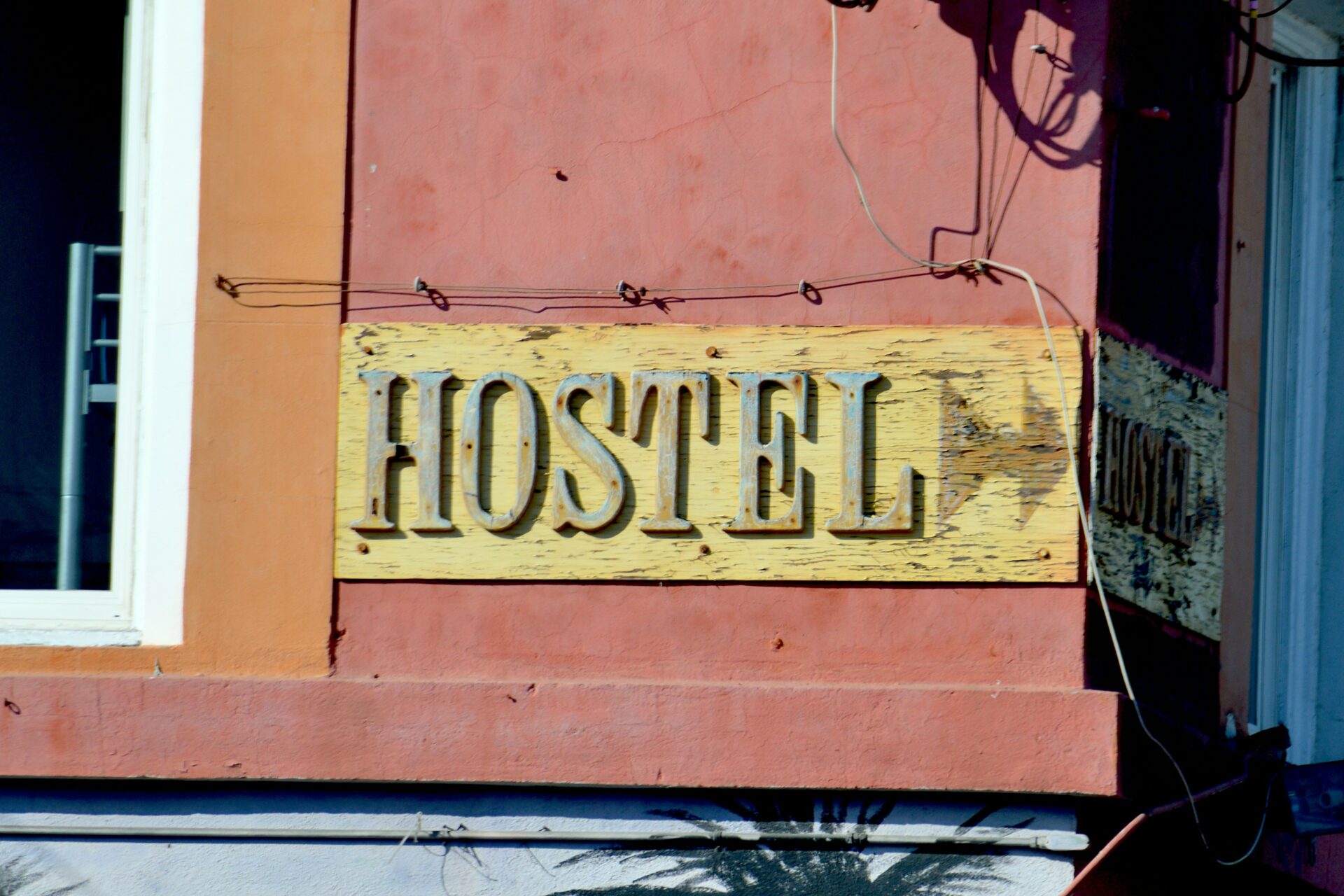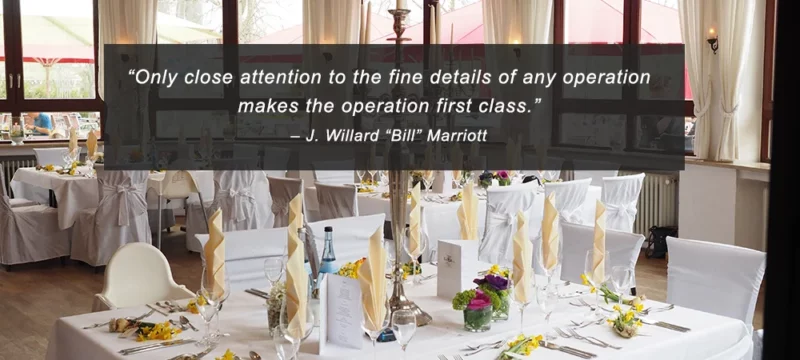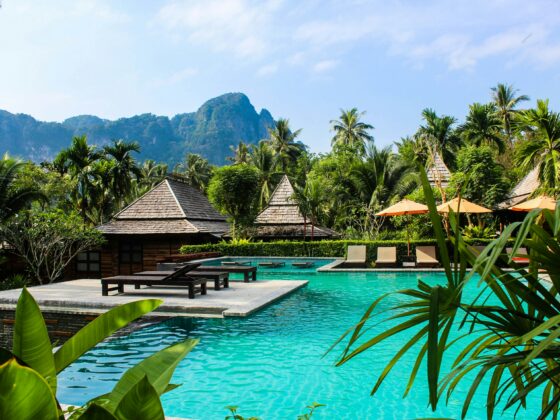
In the lead up to the Future Hospitality Summit – FHS World 2025, taking place at Madinat Jumeirah in Dubai from 27-29 October, we asked several industry partners about what’s next for hospitality investment in line with this year’s event theme: “Where Vision Leads, Investment Follows.”
As the global hospitality community gathers in Madinat Jumeirah for FHS World 2025 under the theme “Where Vision Leads, Investment Follows”, we stand at an inflection point for our industry. The past decade has been defined by ambitious national transformations, unprecedented growth in tourism, and the reimagining of what hospitality can and should represent. The decade ahead will test the strength of our vision, the clarity of our strategies, and the depth of our commitment to creating meaningful and resilient investment opportunities.
Vision as An Effective Catalyst for Investment
The hospitality industry has always been about more than providing shelter; it has been about creating experiences that connect people to places, cultures, and communities.
Today, the driving force behind successful investment is not just capital but vision. Where leaders articulate bold, forward-looking aspirations, capital naturally follows. Vision reduces uncertainty, inspires confidence, and aligns stakeholders toward long-term goals.
In the Kingdom of Saudi Arabia, we have witnessed how Saudi Vision 2030 and the plans for diversified economic growth have contributed to reshaping the world’s perception of hospitality and tourism. These visions have attracted unprecedented investment not only because of their scale, but also due to their clarity, boldness, and genuine ambition to shape the future.
Hospitality in 2025 and Beyond
The next phase of growth in the hospitality industry will be shaped by three interconnected imperatives: sustainability, inclusivity, and adaptability. Environmental stewardship is no longer a niche consideration; it has become the cornerstone of future development. From regenerative tourism initiatives to energy-efficient operations, sustainability is increasingly tied to long-term profitability.
At the same time, hospitality thrives when it serves diverse communities. Beyond the luxury segment, the most promising opportunities lie in midscale offerings, lifestyle brands, and long-stay accommodations that cater to a wide spectrum of travelers including pilgrims, families, business professionals, and digital nomads.
Inclusive investment strategies not only unlock new markets but also build resilience against economic cycles.
Meanwhile, rapid technological shifts, evolving traveler expectations, and global dynamics demand organizational agility. Properties and investment models must be designed to evolve, with flexibility embedded in architecture, operations, and service delivery. Leveraging personalized technologies, digital platforms, and AI-driven efficiencies will be critical for staying ahead in this dynamic landscape.
Opportunities on the Horizon
Looking to 2025 and beyond, several investment opportunities are emerging across the hospitality landscape. While iconic giga-projects continue to attract global attention, untapped potential exists in secondary and tertiary cities rich in heritage, culture, and natural beauty. Developing hospitality infrastructure in these locations not only supports national tourism objectives and balances geographic concentration, but also offers investors scalable opportunities with significant growth potential.
At the same time, the rise of remote work, long-term business assignments, and family travel is driving strong demand for serviced apartments and extended-stay models. This asset class provides resilience, high occupancy rates, and attractive margins, positioning it as one of the most promising investment segments.
Beyond traditional luxury offerings, there is also increasing interest in boutique, eco-conscious resorts that celebrate their natural surroundings while minimizing environmental impact.
These properties cater to evolving traveler preferences for authenticity, wellness, and meaningful experiences. In major urban centers, integrated hospitality developments that combine hotels with retail, offices, residential spaces, and entertainment are gaining prominence. Such mixed-use models maximize asset value, diversify revenue streams, and align with the broader economic diversification strategies of the region.
Aligning Vision with Investment
For investors, the clear message is that profitability follows where vision leads. This means aligning investment strategies with macroeconomic priorities such as sustainability, cultural preservation, and digital innovation.
It also requires a willingness to look beyond short-term gains and focus on long-term value creation for stakeholders, communities, and future generations.
The power of the interaction between vision and capital is clear, as national strategic plans are transformed into tangible projects that contribute to reshaping the global tourism map. However, this principle is not limited to the region alone; clarity of vision remains a critical factor in attracting partners, securing financing, and ensuring the continuity and resilience of projects in the face of economic fluctuations.
Looking Ahead
As we reflect on the theme, “Where Vision Leads, Investment Follows,” one truth becomes evident: the hospitality leaders and investors who balance ambition with responsibility, combine scale with inclusivity, and align innovation with sustainability. Vision is not only about imagining the future; it is about charting a clear path that inspires others to follow.
In 2025 and beyond, the hospitality industry has the opportunity to become not just a driver of economic growth but also a force for social progress, environmental stewardship, and cultural enrichment. If we remain steadfast in our vision, investment will not just follow — it will accelerate, creating lasting value for our industry and for society at large.
Anne Bleeker
In2 Consulting
+971 56 603 0886
The Bench









